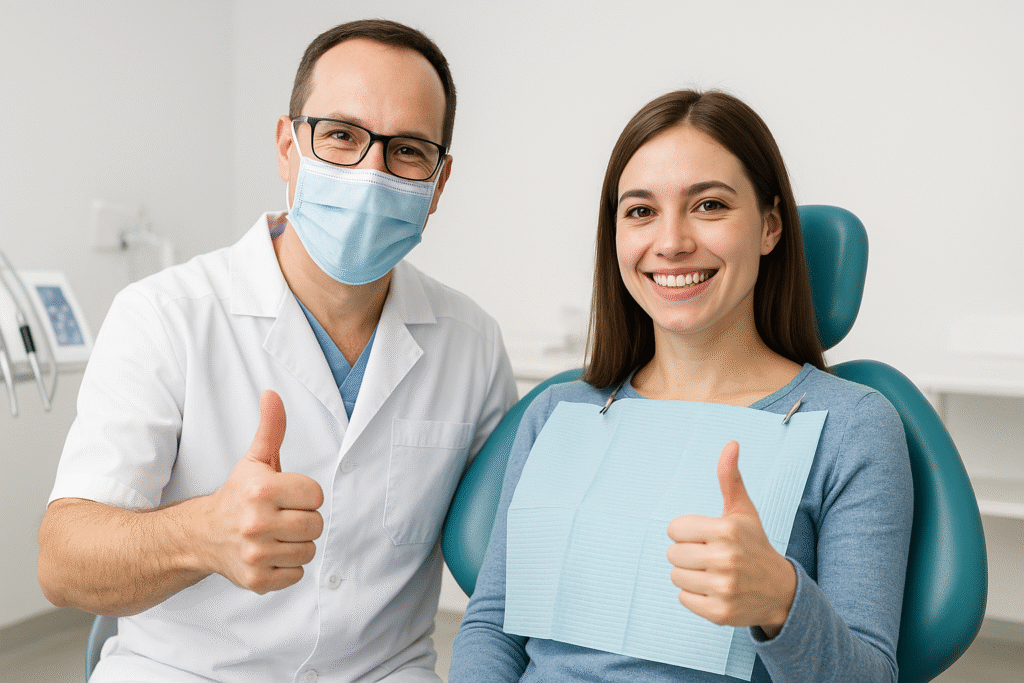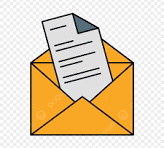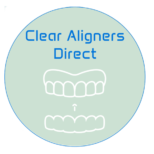Want to Improve Your Smile — and Work With Your Local Dentist?
A Modern, Collaborative Approach to Orthodontics That Puts You in Control
We know it can be tricky navigating orthodontic care, especially when your dentist isn’t sure how to support a newer, tech-enabled treatment model. But there’s a better way — one that gives you more flexibility, keeps your local dentist involved, and brings down the cost.
✅ Get a 3D scan locally (often for $150 or less)
✅ Stay in control with app-based monitoring and progress tracking
✅ Work with your own dentist for support when needed — no awkward conversations or confusion
Let’s walk you through exactly how it works.

A Patient-Driven System That Supports Your Local Dentist — Not Replaces Them
ClearAligners Direct offers a modern orthodontic system designed to work alongside your general dental care — not in place of it.
Our approach combines:
- App-based monitoring and expert remote oversight
- 3D scans and small in-office steps with your local dentist
- Fewer appointments, lower costs, and full transparency
You stay in charge of your progress, and your dentist can assist with simple tasks like scanning, placing attachments, or tracking updates — without being responsible for the whole treatment plan.
How It Works in 2 Simple Steps
Step 1: Getting a 3D Scan
Most local dentists or dental clinics have a scanner that can create a digital model of your teeth.
Here’s what you can say when booking or at your appointment:
“I’m looking to get a 3D scan of my teeth so I can explore treatment options and track changes over time. Is that something you offer?”
That’s it. No need for technical details or treatment jargon — it’s a scan for your personal use and planning.
What it costs:
Scans typically range from $50 to $150 — ask in advance so you’re clear.
Step 2: Small Tasks During Treatment
You may need help placing small attachments (tiny clear bumps bonded to teeth for aligners to grip better) or rescans during treatment. These are straightforward and don’t require full case management.
Ask your dentist:
“I’m doing aligner treatment and just need help placing some attachments. Could you help with that?”
This keeps the request simple and respectful — you’re asking for a service, not trying to offload a treatment plan.
Why Dentists Appreciate This Model
We’ve worked hard to create a system that respects dentists’ time and boundaries while making things easier for patients. Here’s what dentists tell us they like:
✅ They can support their patients with clear, defined tasks
✅ No complex treatment planning or liability — just assistance as needed
✅ Their patients stay loyal and feel supported locally
✅ It fits well with their preventive and general care offerings
We also provide dentists with resources, contact info, and support if they want to understand the system better or get involved.
Still Have Questions?
Can I really get a scan just for myself?
Yes — just like getting an X-ray or second opinion. Scans are part of your health records.
Do I need to explain the entire treatment plan?
No. Just ask for a scan or assistance with a task. If your dentist wants to know more, we’re happy to answer their questions directly.
Will I still see my dentist for regular care?
Absolutely — this model is for orthodontics only. Keep up your cleanings and check-ups as usual.
What if my dentist wants to learn more?
Great! Have them contact us — we’re happy to explain how we support both patients and providers in this hybrid model.
A Better Smile — With Support From Both Sides
This new model combines the convenience of remote care with the reassurance of local support — and that’s exactly how it should be. You don’t have to choose between expert care and dentist trust. With ClearAligners Direct, you get both.
Need help finding a local dentist or want support talking to your clinic?
Contact us — we’ll guide you every step of the way.
A: Yes — keep seeing your dentist for cleanings and check-ups. This model adds flexibility for orthodontics but doesn’t replace general dental care.


